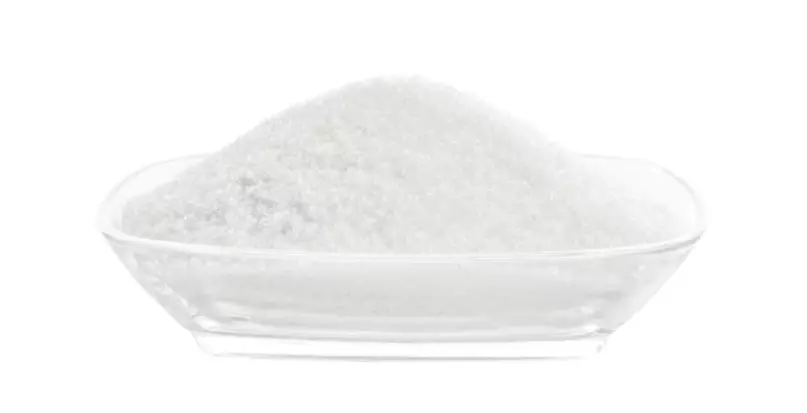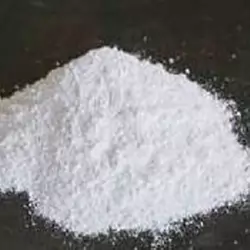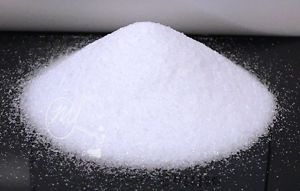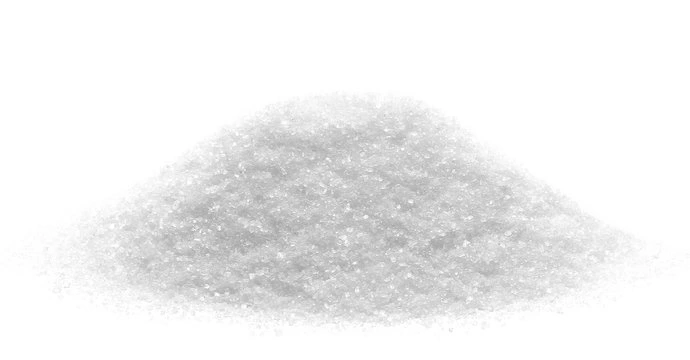Brief Overview
Lactic acid is an important organic chemical compound with a global production of 275.000 tonnes per year and is naturally available in humans and animals. Lactic acid is also known as milk acid and is primarily found in milk products. Lactic acid played an important role in biochemical processes and was first isolated in 1780 by the Swedish chemist Carl Wilhelm Scheele. Lactic acid is a carboxylic acid formed by the muscle cells' exertion of glycogen in the human body. In 1856, Louis Paster found that the microorganism Lactobacillus plays an important role in manufacturing Lactic acid. Lactic acid fermentation is considered one of the important mechanisms in the food industry for its sour taste, improved microbiological stability and safety of food.
Manufacturing Process
Lactic acid is produced on an industrial scale by fermentation or a synthetic method.
1. Fermentation Method
The fermentation method requires carbohydrates, nutrients, and a microorganism to produce lactic acid via fermentation. The carbohydrates used in fermentation consist mainly of hexoses or compounds which can be easily split into hexoses, e.g. glucose and sugar. The required nutrients include soluble peptides, amino acids, phosphates and ammonium salts, and vitamins. Fermentation occurs between 5.0 and 6.5 pH. Lime, calcium carbonate, ammonium hydroxide, and sodium hydroxide are typically used to neutralize the lactic acid produced to maintain constant pH. Thus, calcium lactate, ammonium lactate, or sodium lactate salts are formed in the fermentation broth. Lactic acid yields are between 85 and 95% based on fermentable sugars. After fermentation, the lactic acid broth needs to be purified for its intended use.
2. Synthetic Method
The commercial process is based on lactonitrile. It involves the base-catalyzed addition of hydrogen cyanide to acetaldehyde to produce lactonitrile. This is a liquid-phase reaction and occurs at atmospheric pressure. The crude lactonitrile is then recovered and purified by distillation and is hydrolyzed to lactic acid using either concentrated hydrochloric or sulfuric acid, producing the corresponding ammonium salt as a by-product. This crude lactic acid is esterified with methanol, producing methyl lactate. The latter is recovered and purified by distillation and hydrolyzed by water under acid catalysts to produce lactic acid, which is further concentrated, purified, and shipped under different product classifications, and methanol, which is recycled.
Food Industry
Lactic acid is found in a wide range of food applications such as bakery, beverages, meat, confectionery, dairy, salads, dressings, ready meals, etc. In the food industry, lactic acid is used as a pH regulator, preservative, and flavouring agent. In the meat industry, lactic acid is used in the form of sodium or potassium lactate to extend shelf life, control pathogenic bacteria enhancement, protect meat flavour, improve water binding capacity and reduce sodium. Lactic acid is used in the beverage industry to convert the naturally present malic acid to lactic acid and to reduce the sharpness. Lactic acid is used to prevent spoilage of preserved food vegetables and other preserved vegetables in the brine solution. Lactic acid can also be a preservative for salads and dressings to maintain microbial stability and safety. Lactic acid is used to enhance natural savoury flavours. In confectionery and dairy products, lactic acid is used to enhance mild acid taste, improve quality, reduce stickiness and longer shelf life. Lactic acid can act as an excellent acidification agent for many dairy products.
Cosmetics Industry
Lactic acid is able to nourish the skin and is used as a wet agent and PH regulator.
Detergent Industry
Lactic acid is used in the detergent industry as a good descaler property, soap-scum remover and a natural antibacterial agent.
Pesticide Industry
Lactic acid can be used in producing new pesticides and environmental protection as it has high biological activity in soil and crop and is non-toxic.
Other Application
Lactic acid is used in the tobacco industry to improve tobacco quality and maintain tobacco humidity. Lactic acid can also be used to produce biodegradable plastics.






